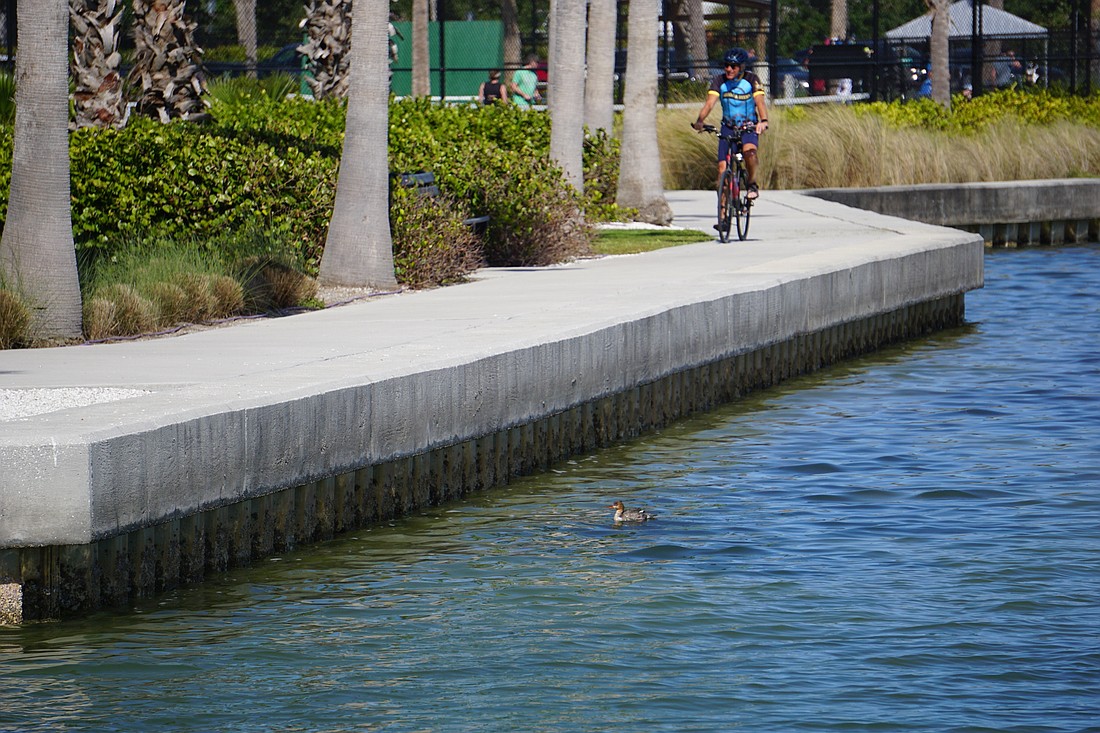- April 29, 2024
-
-
Loading

Loading

Longboat Key residents looking to build or replace a seawall can now raise it up to 6 feet.
Town commissioners approved a new seawall maximum height at the April 1 commission meeting. The ordinance changes the town’s maximum seawall height from 4.5 feet to 6 feet.
This change is a short-term item that aligns with the town’s Sea Level Rise and Recurring Flooding Resilience Plan.
Planning, Zoning & Building Director Allen Parsons presented the first public hearing for this ordinance on March 4. No changes or recommendations were made for the ordinance after that meeting.
A minimum seawall height was a part of the original plan outlined in the Sea Level Rise and Recurring Flooding Resilience Plan.
Senate Bill 250 is still in effect until 2026. That bill was extended in 2023 and prohibits municipalities that were within 100 miles of Hurricane Ian or Nicole’s landfalls from adopting restrictive regulations of land development or comprehensive plans.
If the bill is not extended again, the town could revisit the idea of establishing a minimum seawall.
At the March 4 presentation, Parsons said seawalls at 4.5 feet were uncommon in the town, though there may be a handful of areas that are at that height.
Raising the maximum allowable height addresses sea-level rise projections and concerns about flooding raised by residents.
Parsons previously presented data from the Sarasota Bay Estuary Program that over the last 20 years, average sea level increased by 6 inches, which is a rate three times higher than the rate between 1947 and 2000.
“So allowing for these kinds of significant investments, long-term investments at the election of the property owner … is a real positive for property owners,” Parsons said at the March 4 meeting.
Replacing seawalls can also be costly. Parsons said on March 4 that the average lifespan of seawalls could be about 30-50 years, and cost anywhere from $650 to $2,000 per linear foot.
On man-made canals, new seawalls can only be built where seawall exists on adjacent properties, according to Chapter 151 of the town’s code.
Town commissioners voted 7-0 to approve the ordinance on April 1.